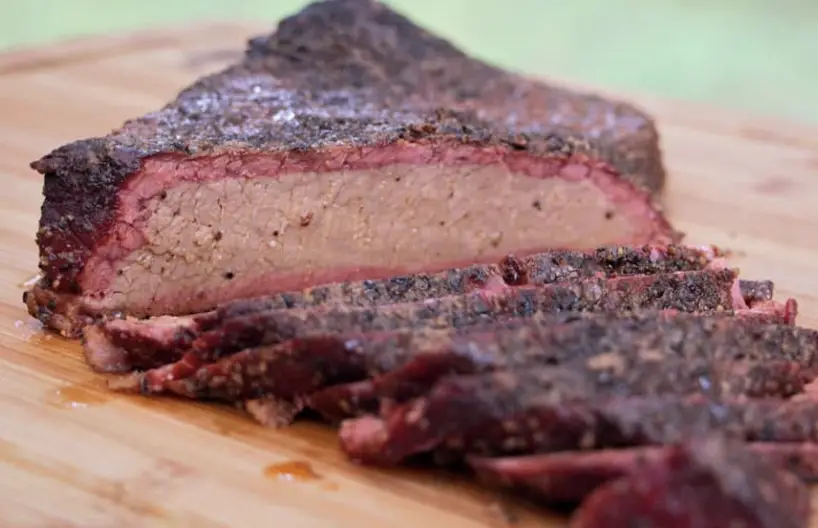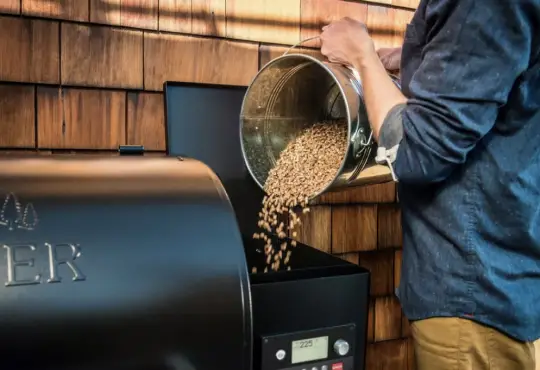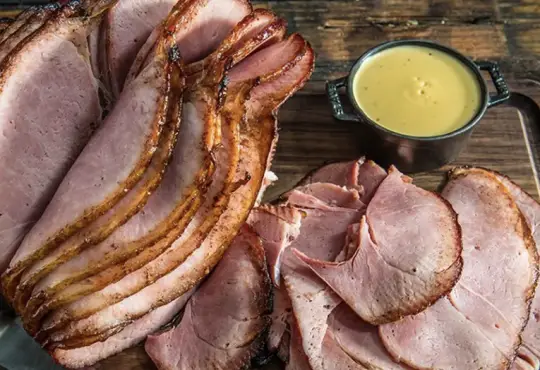
Mastering the Art: How Long It Takes to Smoke a Small Brisket to Perfection
Smoking a small brisket can be a delightful culinary adventure that yields tender, flavorful results. While larger briskets are often the star of the show, smaller cuts have their own charm and advantages. In this blog post, we’ll explore the process of smoking a small brisket and provide you with insights into how long it takes to achieve that mouthwatering tenderness you’re craving.
1. Size Matters:
When we refer to a “small” brisket, we’re generally talking about a cut that weighs around 4 to 6 pounds. The advantage of smoking a smaller brisket is that it cooks more quickly and can be ready to enjoy in a shorter amount of time compared to its larger counterparts.
2. The Low and Slow Approach:
The hallmark of successful smoked brisket is the low and slow cooking method. This technique involves cooking the meat at a low temperature over an extended period. For a small brisket, maintaining a consistent temperature of around 225-250°F (107-121°C) in your smoker is essential.
3. Estimating Cooking Time:
While there’s no one-size-fits-all answer to the question of how long it takes to smoke a small brisket, you can use a rough estimate of approximately 1.5 to 2 hours of cooking time per pound. This means that a 4-pound brisket could take around 6 to 8 hours to smoke.
4. Temperature Monitoring:
Investing in a reliable meat thermometer is crucial for gauging the internal temperature of the brisket. The target internal temperature for a small brisket is around 195-205°F (90-96°C). When the brisket reaches this temperature range, the collagen breaks down, and the meat becomes tender.
5. The “Stall” Phenomenon:
It’s worth noting that during the cooking process, you may encounter a “stall.” This is a period where the internal temperature of the brisket seems to plateau or even drop slightly. This is completely normal and occurs as the moisture evaporates from the meat’s surface. The stall can be overcome by wrapping the brisket in foil or butcher paper, which helps accelerate the cooking process.
6. Resting Period:
After the brisket reaches the desired internal temperature, remove it from the smoker and let it rest for about 30-60 minutes. This resting period allows the juices to redistribute throughout the meat, resulting in a juicier final product.
7. Adapting to Your Brisket:
Remember that every brisket is unique, and factors such as weather conditions, smoker performance, and the specific cut of meat can influence cooking times. It’s essential to monitor the internal temperature and adjust your cooking strategy accordingly.
In Conclusion:
Smoking a small brisket is a rewarding experience that allows you to savor the delicious flavors and textures of barbecue in a shorter time frame. With the low and slow approach, a reliable meat thermometer, and a bit of patience, you can achieve a perfectly smoked small brisket that’s tender, flavorful, and sure to impress your guests. As you continue your barbecue journey, don’t hesitate to experiment with rubs, marinades, and wood choices to create a unique culinary masterpiece that reflects your personal style and taste.






